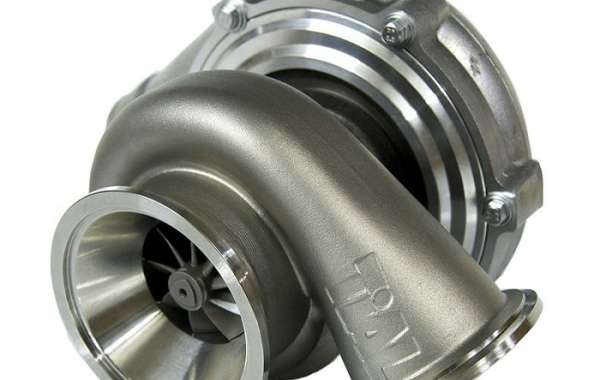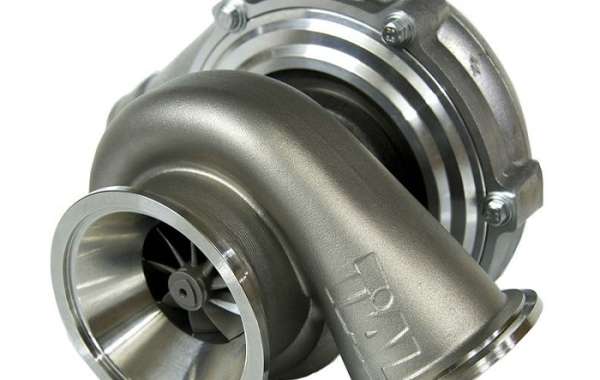1. Introduction
In the dynamic landscape of modern dentistry, precision and efficiency are paramount. Dental digital design has emerged as a revolutionary tool, reshaping the way dental professionals approach their craft. At CadCamMasters, we delve into the transformative power of dental digital designer and its implications for the industry.
2. Understanding Dental Digital Design
Dental digital design represents a paradigm shift in the field of dentistry. By leveraging cutting-edge technology, practitioners can create precise digital models of dental prosthetics, crowns, and implants with unprecedented accuracy. These digital designs serve as the foundation for advanced manufacturing processes, streamlining production and ensuring optimal fit and function for patients.
3. The Role of CAD/CAM Technology
3.1 CAD/CAM Integration in Dentistry
CAD/CAM (Computer-Aided Design/Computer-Aided Manufacturing) technology lies at the heart of dental digital design. This integrated approach enables dental professionals to design intricate prosthetics digitally and seamlessly transition these designs to manufacturing processes for fabrication.
3.2 Benefits of CAD/CAM in Dentistry
The integration of CAD/CAM technology offers a myriad of benefits, including enhanced precision, accelerated production times, and improved patient outcomes. By eliminating manual errors and inefficiencies, dental practices can deliver superior results while optimizing resource utilization.
4. Precision in Prosthetic Design
4.1 Customization and Personalization
dental digital designer empowers practitioners to customize prosthetics according to each patient's unique anatomical specifications. From crown morphology to implant placement, every aspect of the design can be tailored to achieve optimal aesthetics and functionality.
4.2 Digital Smile Design
Digital Smile Design (DSD) revolutionizes the cosmetic aspect of dentistry, allowing patients to preview their desired smile before treatment. By incorporating patient feedback into the design process, practitioners can ensure patient satisfaction and align expectations effectively.
5. Streamlining Workflow Efficiency
5.1 Automated Production Processes
One of the most significant advantages of dental digital design is its ability to automate various stages of the production process. From virtual model creation to milling and fabrication, automation minimizes manual intervention, reducing turnaround times and enhancing workflow efficiency.
5.2 Real-Time Collaboration
dental digital designer facilitates real-time collaboration between clinicians, technicians, and patients. Through cloud-based platforms and digital communication tools, stakeholders can collaborate seamlessly, ensuring alignment of treatment goals and swift decision-making.
6. Advancements in Material Science
6.1 Bio-Compatible Materials
The evolution of material science has paved the way for the development of bio-compatible materials ideally suited for dental applications. From ceramic composites to zirconia-based ceramics, these materials offer exceptional strength, durability, and biocompatibility, ensuring long-term success and patient satisfaction.
6.2 Digital Material Selection
dental digital designer enables precise material selection based on patient-specific requirements and aesthetic preferences. By simulating material properties digitally, practitioners can evaluate various options and choose the most suitable material for each case, ensuring optimal outcomes.
7. Addressing Clinical Challenges
7.1 Complex Cases and Treatment Planning
Dental digital design empowers practitioners to tackle complex cases and challenging treatment scenarios with confidence. By leveraging advanced imaging technologies and virtual treatment planning software, clinicians can devise comprehensive treatment strategies tailored to individual patient needs.
7.2 Minimizing Marginal Discrepancies
One of the primary goals of dental digital design is to minimize marginal discrepancies and ensure a precise fit between restorations and natural dentition. Through meticulous design and digital verification processes, practitioners can achieve optimal marginal adaptation, enhancing longevity and functionality.
8. Frequently Asked Questions
Q: How does dental digital design improve patient outcomes?
A: Dental digital design enhances patient outcomes by offering customized prosthetics, streamlined workflow efficiency, and precise treatment planning, resulting in superior aesthetics and functionality.
Q: Is dental digital design suitable for all types of dental procedures?
A: Dental digital design is applicable to a wide range of dental procedures, including crown and bridge restorations, implant dentistry, orthodontics, and cosmetic enhancements.
Q: How long does it take to complete a digital design workflow?
A: The duration of a digital design workflow varies depending on the complexity of the case and the specific requirements of the patient. However, advancements in technology have significantly reduced turnaround times compared to traditional methods.
Q: Can patients provide input during the digital design process?
A: Yes, patients can actively participate in the digital design process, especially in cosmetic cases. Through Digital Smile Design (DSD) protocols, patients can collaborate with clinicians to visualize and refine their desired outcomes.
Q: What are the advantages of CAD/CAM technology in dentistry?
A: CAD/CAM technology offers numerous advantages, including enhanced precision, accelerated production times, cost-effectiveness, and the ability to create complex geometries with ease.
Q: How does dental digital design contribute to practice efficiency?
A: Dental digital design streamlines practice efficiency by automating various stages of the production process, facilitating real-time collaboration, and minimizing errors and rework.
9. Conclusion
In conclusion, dental digital designer represents a transformative force in modern dentistry, empowering practitioners to achieve unprecedented levels of precision, efficiency, and patient satisfaction. By embracing innovative technologies and workflows, dental professionals can elevate the standard of care and embark on a journey towards excellence.







